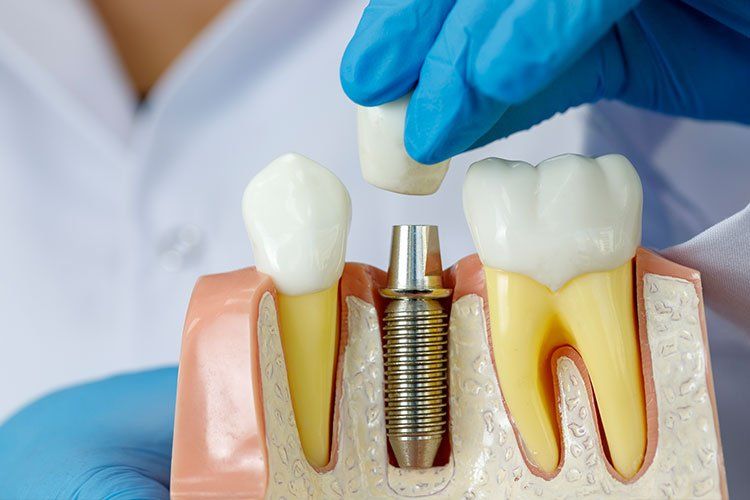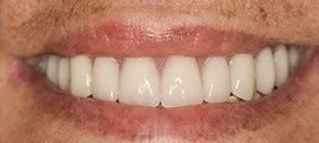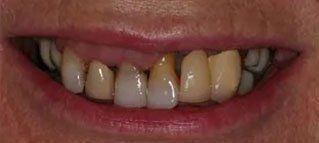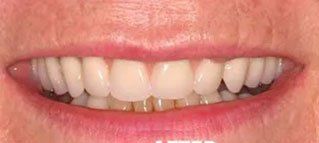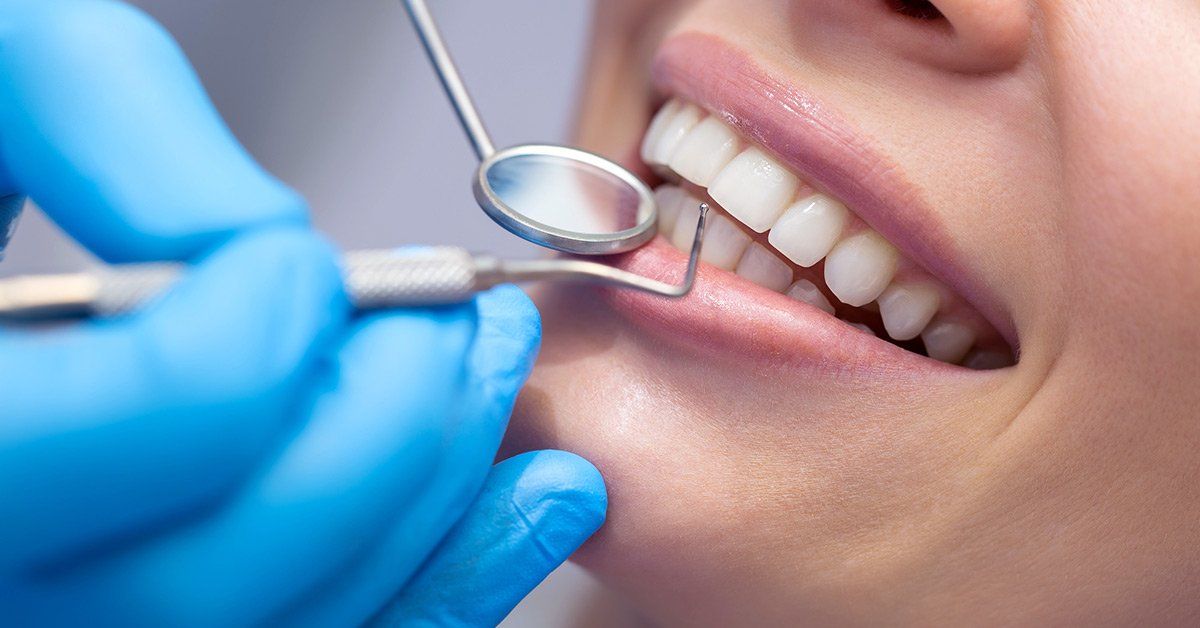Request a Complimentary Consultation
for Dental Implants
Request Your Consultation Today
Dental Implants
Dental Implants Service in Niles, IL
The dental implants used by most dental implant specialists today are root-form implants. Translated, they are substitute tooth roots, used to replace the natural tooth roots in areas of the mouth where teeth are missing.
It is vitally important to replace the tooth root and not just the visible part of the tooth (crown) because the natural tooth roots, which are embedded in the bone, preserve the bone.
This procedure demands the most attention to detail, so when your dentist visit is over, it will be impossible to distinguish any difference between your natural teeth and your implants. That is the beauty of cosmetic dentistry here at Niles, IL. Learn More
Our Patient Experiences with Dental Implants
"Dr. ANASINSKI - Excellent heart gold hands and great experience I think anybody can trust like a doctor like a dentist like a specialist. From the gum and from the dental implant . I recommend to everyone. My name is Peter I am patient 20 years and always happy✌️"
Peter S.
★★★★★
"My experience from the first visit was a detailed plan on how to fix my dental problems. Dr. Anasinski was very thorough and outlined the course of my treatment. I felt very comfortable with the entire process and there was no pressure from her. My gums were not healthy for dental implants and other dentists that I have seen in the past didn't take the time to fix my initial problem. Dr. Anasinski corrected my gums by making my dental bones strong to support my new implants she put in. The implants were put in perfectly and I am very happy with the results.
I can enjoy eating food again without pain and my implants are stronger than ever. I am smiling showing off my teeth thanks to Dr. Anasinski!"
Leonarda F.
★★★★★
Dental Implant Procedure
When the tooth roots are missing, the bone that previously supported those teeth melts away, or deteriorates. This process is called bone resorption. The impact of deteriorating bone from complete tooth loss includes collapsed facial profiles, lost lip support, increased wrinkles around the mouth and the appearance of a pointed nose and chin that are too close together.
However, the bone can be preserved by replacing missing tooth roots with dental implants. Since the bone actually forms a strong bond to the implants, they can serve the same functions as natural tooth roots: a strong foundation for biting and chewing, and stimulation for the bone to hold it in place.
Dental implants are small and made of titanium, a biocompatible material that is not rejected by the body. With an overall success rate of 95% and over, with an additional 50+ years of clinical research, dental implants have the best long-term prognosis of any method of tooth replacement.
Our outstanding professional staff provides a treatment plan that allows improved confidence and paves the way to maintaining good oral hygiene with tooth replacement. All of this is possible at our dentist office in Niles IL. Learn More




